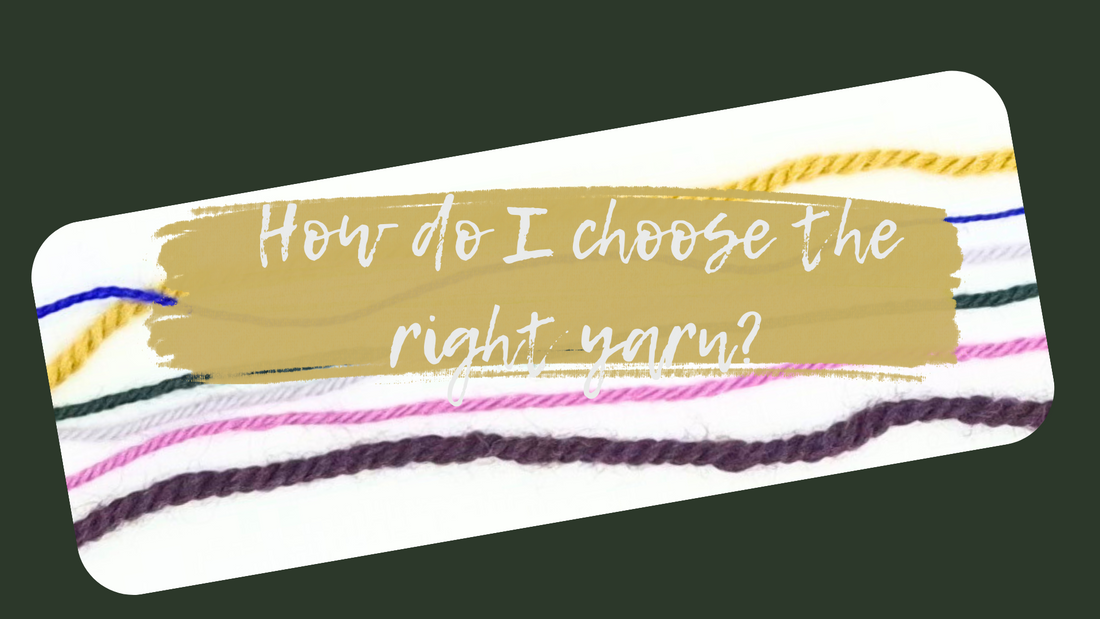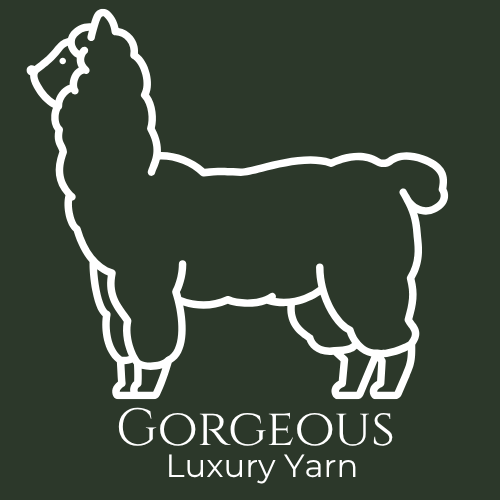
Yarn Weights Explained: How to Choose the Right Yarn for Your Knitting or Crochet Projects
Share
Understanding Yarn Weights: A Guide for Knitters & Crocheters
Choosing the right yarn weight can feel overwhelming — but it doesn’t have to be! Whether you’re planning a snuggly blanket or a delicate lace shawl, understanding how yarn thickness affects your project will help you create something beautiful and just the right size.
Here’s a guide to help you confidently select the perfect yarn for your next creation.
What is Yarn Weight
Yarn weight refers to the thickness or diameter of the yarn strand.
This yarn weight chart from the Craft Yarn Council offers a great visual summary:

Yarn weight refers to the thickness or a strand of yarn, rather than the actual weight. The choice has a big influence the appearance, drape, and texture of a project. Imagine making a lacy scarf with chunky yarn!
The following table is provided by The Craft Yarn Council and is a great overview of what needs to be considered, including:
🧶Understanding different yarn weights
🧶 The gauge ranges for different yarn weights
🧶What hook or needle sizes to use for different yarn

Now that you have seen how yarn weights differ, let's talk about how to chose the right one for your project.
Understanding Weight 🧶& 🧦Matching it to a Design
Understanding yarn weight is just the first step. Equally important is making sure your stitches match the designer’s tension — that’s where gauge comes in!
Matching gauge in your knitting or crochet project
If you find a pattern you like, you need to check that the yarn you choose is close to/the same weight the one recommended in the pattern. The most important detail is the gauge size.
❓But what is gauge (or tension):
Tague is the number of stitches and rows per centimetre (inch) you achieve when knitting or crocheting. Matching gauge ensures your finished piece has the correct size. You will often see it stated as something like 21 stitches and 27 rows over 10 cm (4 inches) square.
We've got a detailed guide to creating a gauge square here.
You need to match the gauge exactly if you want your project to turn out the right size, especially when following detailed charts. For simpler projects, you might be able to just match the yarn weight or adjust your needle or hook size.
- If you have more stitches in your gauge test than the pattern, go up a needle/hook size or two
-
If you
have fewer stitches, reduce your needle/hook size - If you can't do this, or the result does not look great, you will need to adapt the pattern to your gauge. For a scarf this is easy - just add or reduce the number of stitches cast on. For a sweater, this is more complicated
Ready to explore different yarn weights? Check out our Yarn Collection and discover the perfect yarn for your next project!
Need additional Hooks or Needles? |
 |
Want to browse yarns in different weights? |
|
Scan our range of Beginner and Easy Patterns for some ideas |
 |

